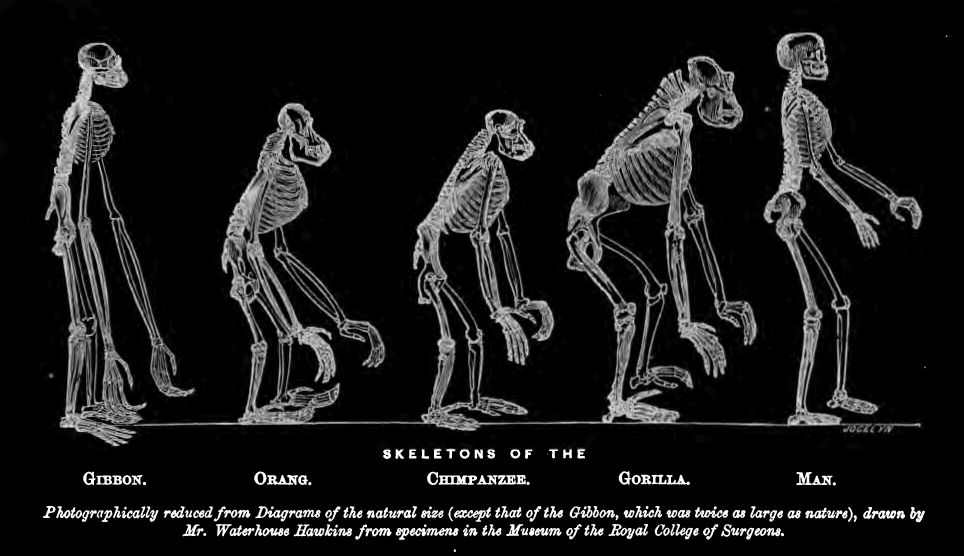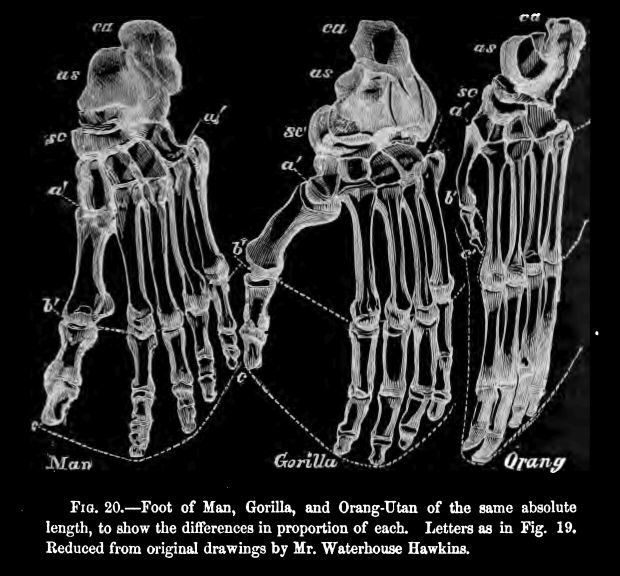In this last episode of the series the crew of Stad Amsterdam visits Mauritius island before making a final stop in South Africa where the journey of modern Human ancestors began 200 thousand years ago. San culture in South Africa is the most ancestral Human population finding Like many island ecosystems Mauritius has been impacted by introduced species such as macaques. Species evolved on island systems are more prone to extinction. The flightless bird the Dodo is the icon of extinction in islands entirely due to Humans. An ambitious conservation project aims to restore the original biodiversity in an island called Ile aux Aigrettes. Similar conservation programs are employed in islands including the Kaena Point in Hawaii where biologists have fenced an entire peninsula to prevent access of non-native mammals.
In the documentary we are briefly shown a Humanoid fossil dated between 1.7 – 1.9 million years old (which has to be Australopithecus sediba) on display in Cape Town. Origins and evolution of major traits such as larger brain, tool use and bipedality that characterise Humans are becoming clearer with new fossils being uncovered.
What did the common ancestor of Humans and chimpanzees looked like? This is not something we can triangulate simply by looking at a modern chimpanzee and Human. Foot morphology can tell a lot about the walking posture and the discovery of 4.4 million year old “Ardi” (Ardipethecus ramidus) fossil provides a strong clue about this common ancestor.
Ardi’s feet was characteristic. It had a toe off forming a grasping feet. She was bipedal on the ground but had very good climbing abilities. Together with her other fossils found in the same age rock layer indicated that she was living in a wooded environment. Her feet morphology was quite striking in revealing all.
The morphological and behavioral resemblance between humans and non-human primates was noticed by Darwin. When the gorilla was discovered in 1847 its skeletal structure expanded the morphological variety observed among primates. Comparison of structures such as feet revealed astonishing similarities. Darwin’s arguments drew fierce reaction against him amounting to ridicule.
“On the future of species” theme continues in this episode with the problem of plastic trash. The problem is so widespread that major five gyres of the worlds oceans became a aggregation areas for them. Some geologists and anthropologists think that plastics are now forming a distinct permanent layer across the Earths surface and is one of the geological traces for the beginning of the Anthropocene epoch. To go with the theme, a book by Naomi Oreskes provides a fictional narrative on the Future History of Climate Change.




0 Comments
You can be the first one to leave a comment.